
How To: Determine the pot size for cactus repotting
Do you have a cactus plant in your garden that needs to be re-potted? Watch this instructional video to learn how to determine the appropriate pot size when re-potting your cactus.


Do you have a cactus plant in your garden that needs to be re-potted? Watch this instructional video to learn how to determine the appropriate pot size when re-potting your cactus.

Bonsai is an art that many people can't take up. It requires patience and a right amount of knowldege when it comes to pruning, repotting, etc. So in this tutorial, you'll find out how to carve and style using bonsai methods. Sit back, pay attention, and good luck!

Hi everyone, happy new year. Today we will be repotting a Japanese black pine bonsai tree with Charles M. We will first check the health of the pine tree by checking the fungus cultures. It is a healthy tree if there is a lot of fungus. We will first prune some of the roots to be used in the new soil. We will loosen up some of the roots to be able to repot it. We will make sure not to throw away any fungus cultures to make sure to preserve the tree. Enjoy the video on how to repot a bonsai tree.
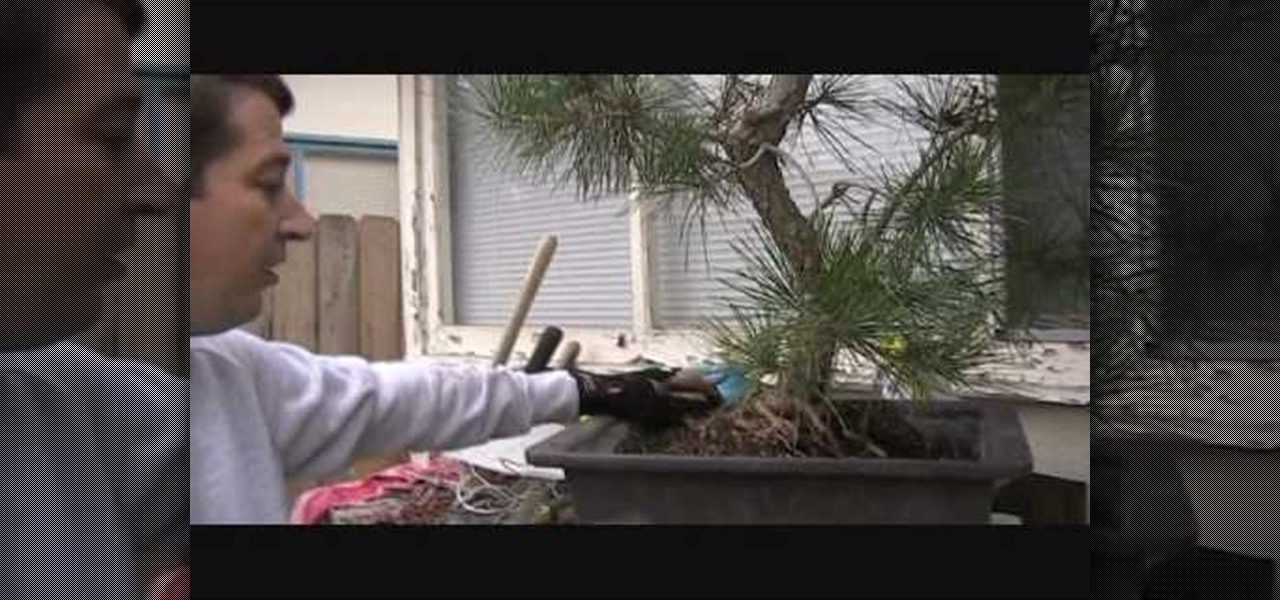
Charles M., an attorney and bonsai cultivator, demonstrates how to transfer a field grown Japanese Black Pine that is ready for training. A 5-gallong nursery specimen was purchased and planted in the ground with a bonsai compound soil to keep its roots close and compact during trunk thickening. The tree was allowed to grow for three years, with the main foliage under four feet, but with two “sacrifice” branches allowed to shoot out without trimming. One sacrifice branch at the top of the tree...
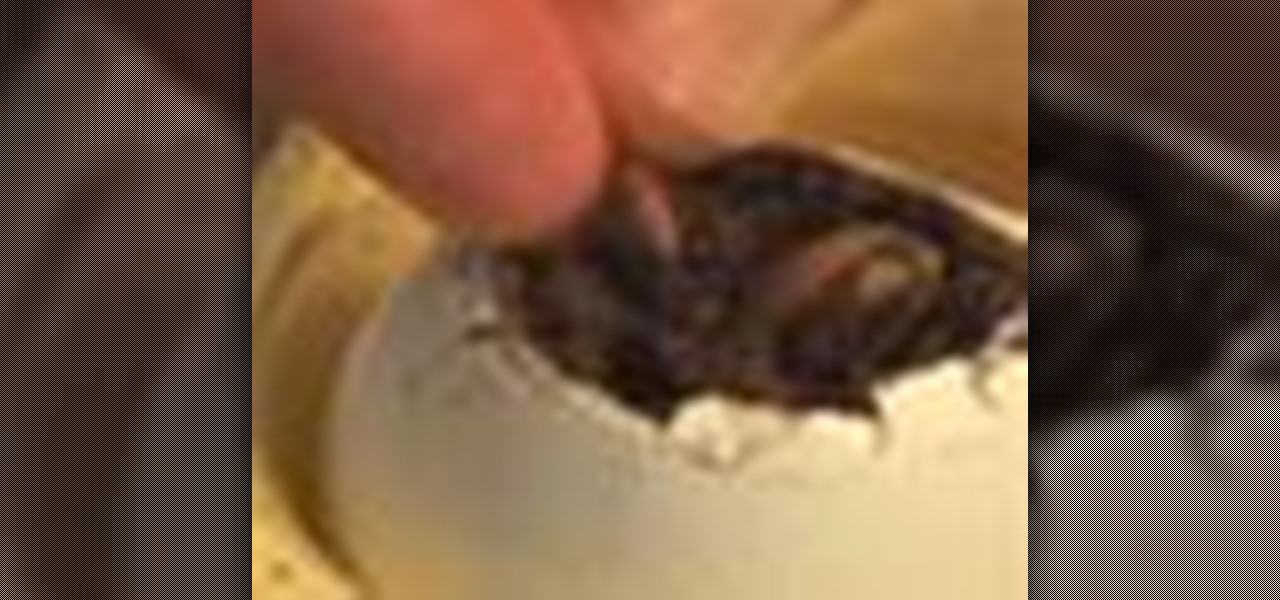
When you start planting something, you will need to nurture and grow a seed. You can plant a seed in a small pot and transfer it later, or you can save yourself the mess and trouble and try the tips in this video. In this tutorial, learn how to plant seeds in an eggshell! Eggshells make great little planters and the best part is - they're biodegradable so instead of repotting your seedling you can just plant the whole egg in the ground!
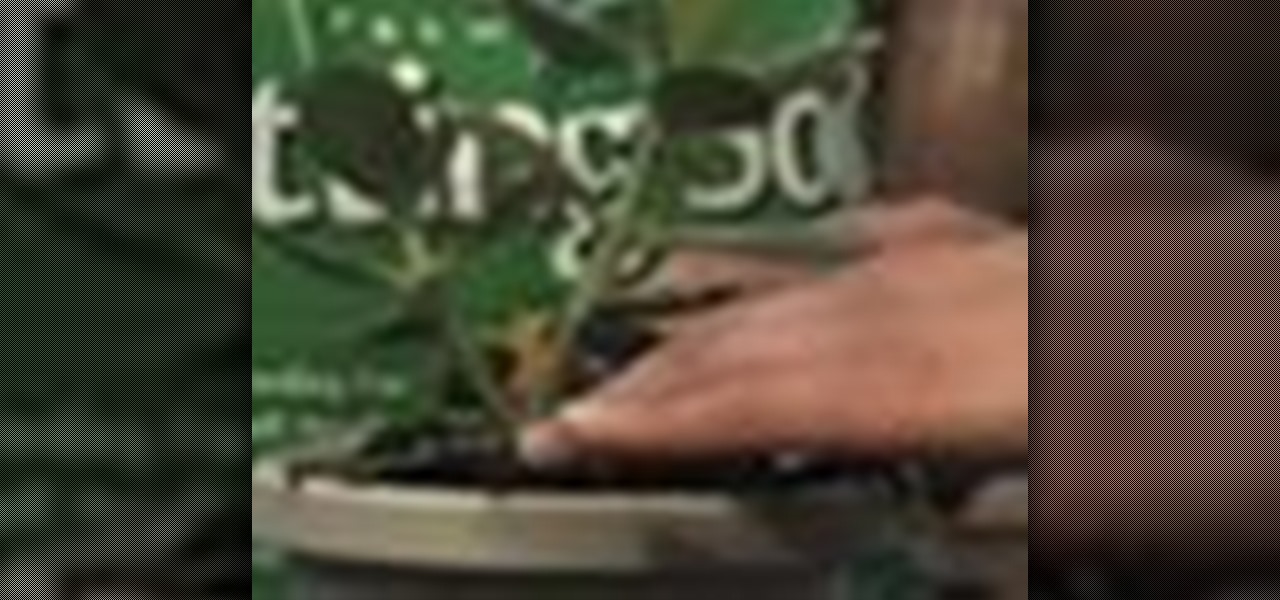
Repotting a plant is a simple task when you know all the right steps. Whenever a plant outgrows its container, it should be replanted in a new pot.
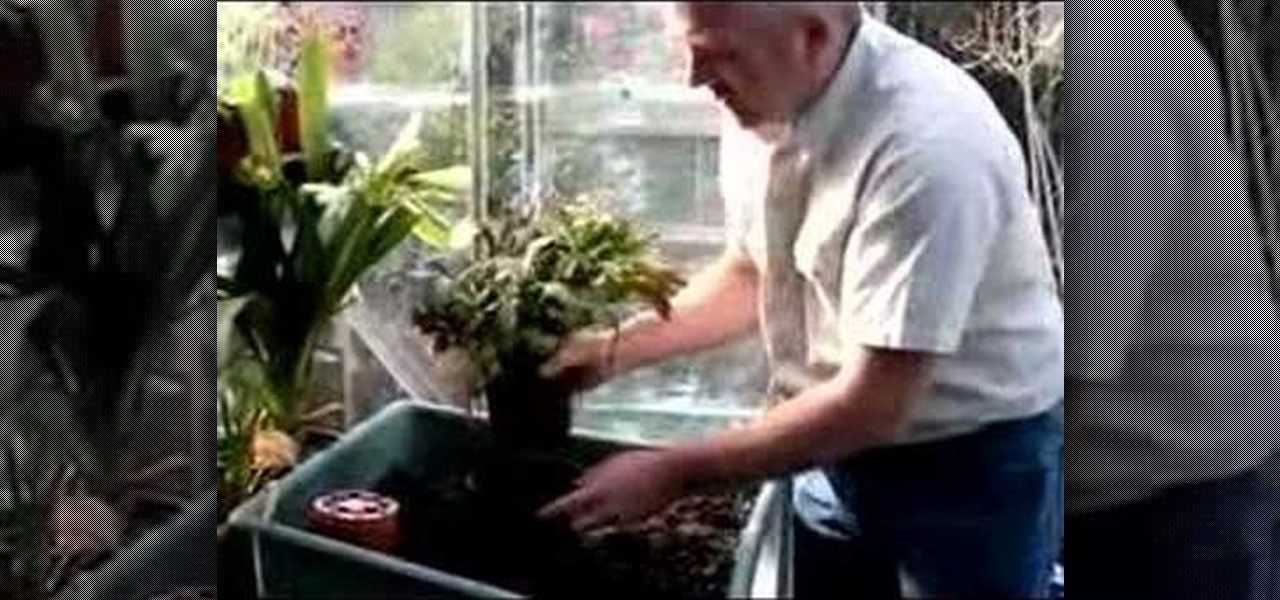
Potted plants of all kinds, whether in the house, greenhouse or outside, need repotting eventually. There are several reasons, the most obvious being that they simply get larger and top-heavy. Most houseplants don't need repotting that often because, if we give them plenty of liquid fertilizer in the growing season, they won't be short of nutrients and should therefore be healthy.
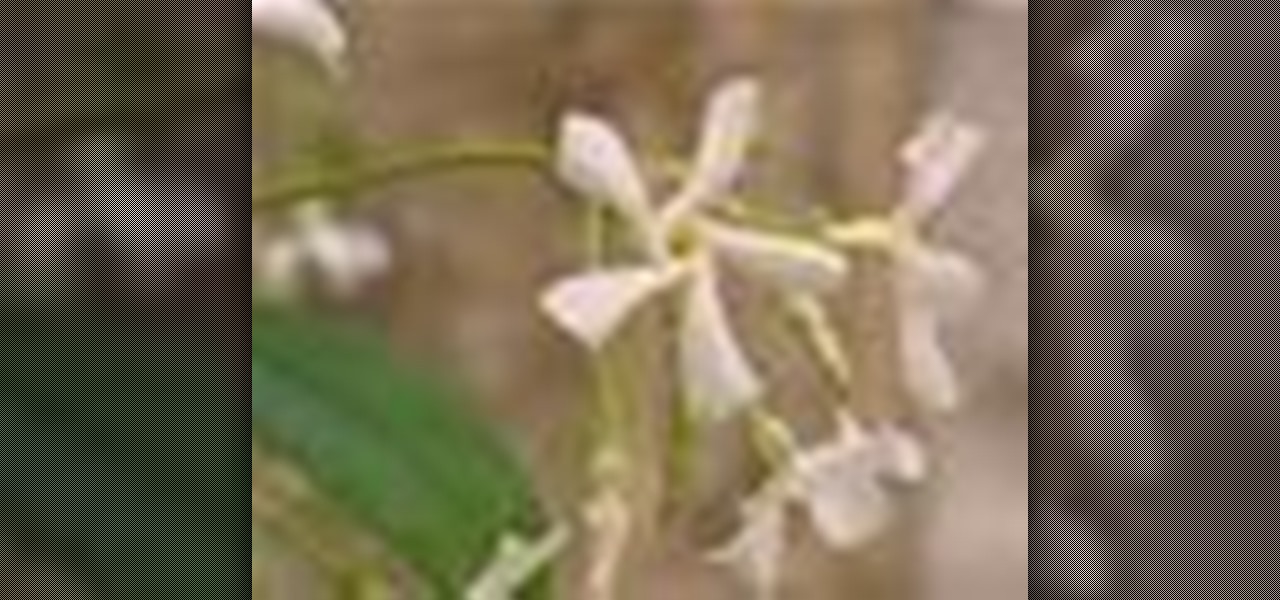
Monty Don offers video guidance on repotting a star jasmine, with advice on retaining moisture and limiting root disturbance.